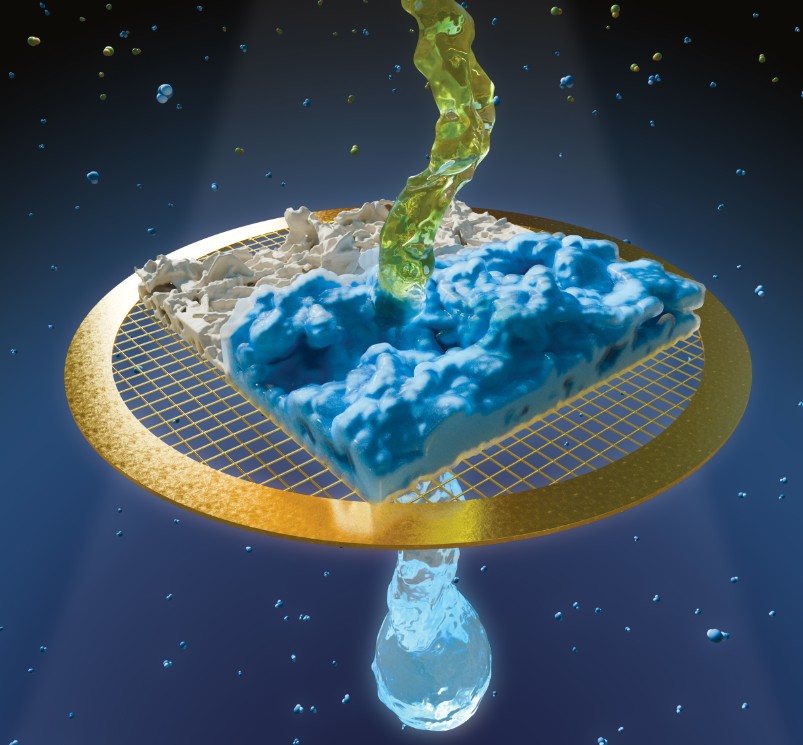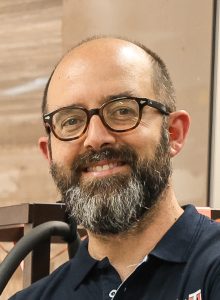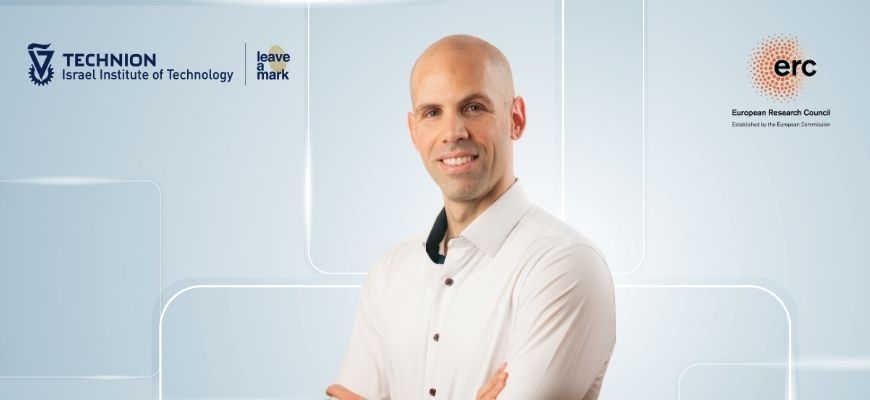Toward Improved Desalination
Researchers from the Technion and the University of Texas reveal new insights into membranes used in seawater desalination and water purification. Their findings deepen our understanding of the membranes’ complex structure and are expected to improve their design and performance
A joint study by researchers from the Technion – Israel Institute of Technology and the University of Texas at Austin sheds new light on the structure of membranes used in water desalination. Published in ACS Nano, the study was selected as the journal’s cover article.
Unlike previous studies, which focused on characterizing membranes in their dry state, this research also analyzed them in their wet state – and found dramatic differences between the two. These differences affect membrane performance, making this discovery highly relevant to the development of more effective membranes for desalination and water purification.
The study was led by Dr. Tamar Segal-Peretz of the Wolfson Faculty of Chemical Engineering, Dr. Guy Ramon of the Faculty of Civil and Environmental Engineering, and Prof. Manish Kumar of the University of Texas at Austin, along with Ph.D. student Chenhao Yao (University of Texas) and Dr. Adi Ben-Zvi, who conducted the research during her doctoral studies in the Technion’s Nanoscience and Nanotechnology program. Dr. Ben-Zvi is now a postdoctoral researcher at Rice University in Houston, Texas.
According to the World Health Organization, approximately one-quarter of the global population lacks access to safe drinking water. Clean water is included among the United Nations’ 17 Sustainable Development Goals (SDGs), making desalination and water reuse technologies especially important—particularly in arid regions such as Israel, a global leader in both fields. Today, Israel’s five desalination plants provide approximately 70% of the country’s domestic water supply. Additionally, approximately 85% of its wastewater is treated and reused for agricultural purposes.
Reverse osmosis is currently the most common desalination technology. In the most basic terms, the process entails water passing through a membrane that blocks salts and other impurities. In natural osmosis, water flows from a dilute solution to a more concentrated one until the concentrations equalize. In contrast, reverse osmosis reverses this flow using energy, drawing water from the concentrated solution (e.g., seawater) into the dilute one (desalinated water). This process allows the production of fresh water from unconventional sources like seawater, brackish water, and wastewater.
Although reverse osmosis membranes are central to modern desalination, significant knowledge gaps remain regarding the link between membrane structure and function. The challenge stems from the membranes’ extremely thin (approximately 200 nanometers) and complex 3D structure, which is difficult to characterize using traditional methods, such as Atomic Force Microscopy (AFM).

In this study, the researchers conducted a groundbreaking, high-resolution 3D mapping of the membrane’s morphology in a water-saturated state – conditions that closely mimic those in actual reverse osmosis processes. The 3D characterization was performed using cryogenic Transmission Electron Microscopy (cryo-TEM) tomography, in conditions where the membrane is fully hydrated and frozen. The team discovered that water dramatically alters the membrane’s structure, causing its volume to expand by about 30% or more. Since membrane TEM characterization has previously been based only on their dry state, this is a major scientific and practical breakthrough. The new nanometric mapping is expected to significantly improve future membrane design and performance, advancing desalination and water reuse technologies.
The research was supported by the Israel Science Foundation (ISF), the WoodNext Foundation, the University of Texas Startup Fund, Israel’s Ministry of Energy and Infrastructure, and the U.S. Department of Energy. The collaboration between the Technion and the University of Texas was supported by the Rahamimoff Fellowship from the U.S.-Israel Binational Science Foundation (BSF), which helped fund Dr. Ben-Zvi’s two-month research visit to Austin.
For the full article in ACS Nano click here








